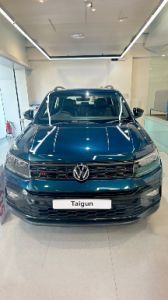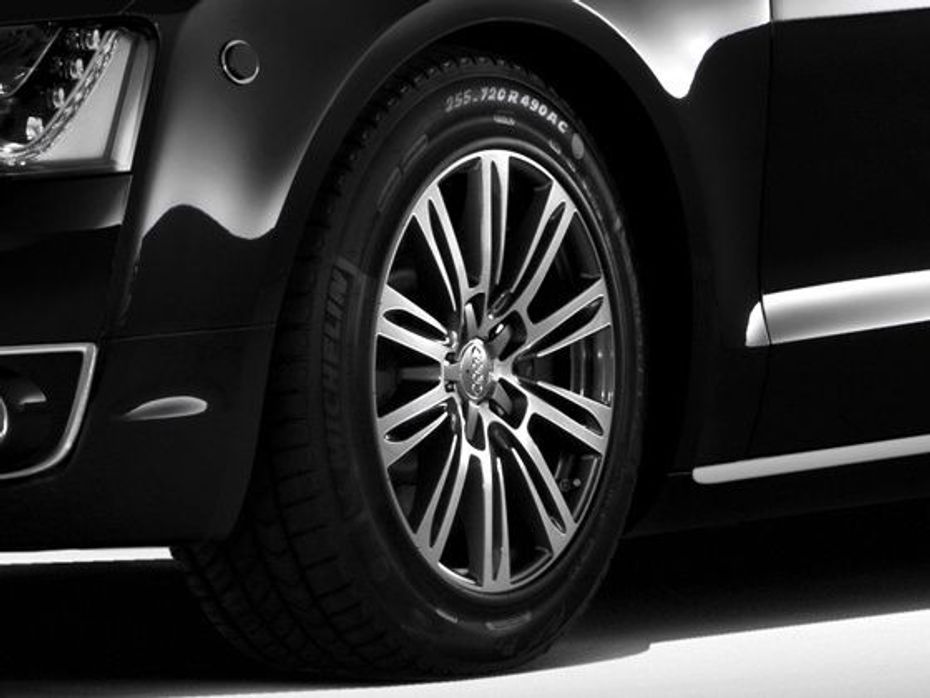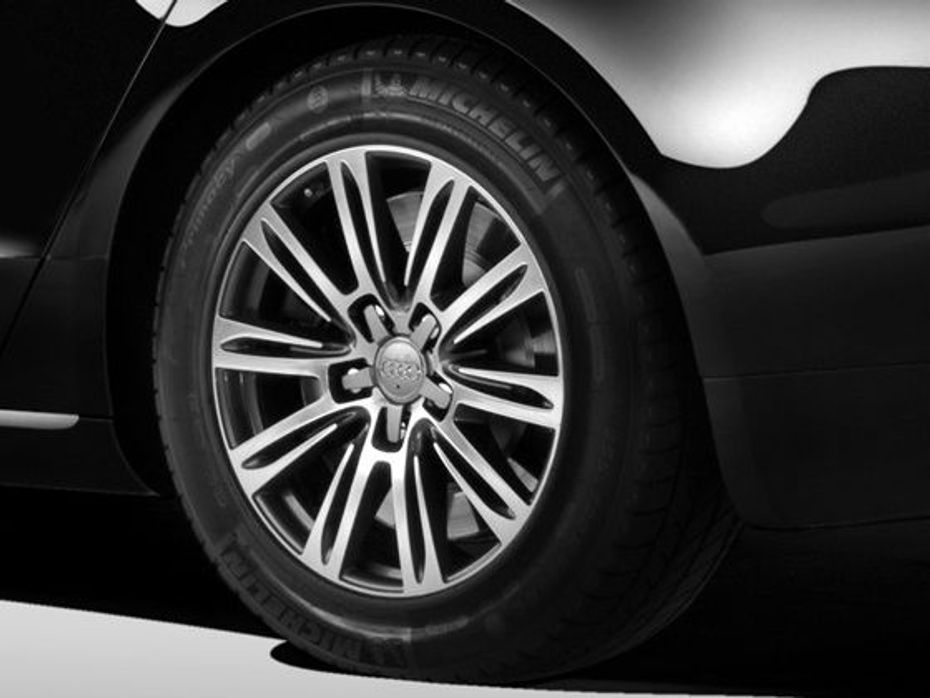Explore all New Cars of 2024
 In 8 Pics: Volkswagen Taigun GT Plus Sport Detailed
In 8 Pics: Volkswagen Taigun GT Plus Sport Detailed


Run flat tyres are designed to minimize loss of handling of a vehicle after a tyre puncture has occurred. It allows the car to be driven on the punctured tyre so that the driver does not have to change the tyre. However, after a puncture has occurred it can be driven only for a short distance (about 150 kms) and under a limited speed (usually 80 km/h).
Run flat tyres offer a very bumpy ride and cause the car to feel even minor jerks and bumps on the road because of insufficient air that could have absorbed bumps. Alongside, the sidewalls become rigid and are unable to maintain the shape of the tyre in the event of a puncture.
Run flat tyres have reinforced sidewalls and additional lateral strengthening to ensure that the tyre maintains its shape and form without air pressure in it to bear the weight of the vehicle. Loss of air pressure in a tyre also increases friction and heats up the tyre, as a result heat resistant rubber is used to construct a run flat tyre to reduce heat build up in case of a puncture.

On normal pneumatic tyres, the air pressure inside the tyre keeps the tyre beads in place on wheel rim flange. Run flat tyres are designed to keep the tyre beads in place on the wheel rim flange even while there is no air pressure inside the tyre. This is done by physically blocking off the wheel rim well with a supporting rim (between the tyre and the wheel rim) to support a deflated tyre on the wheel rim. This system ensures that the run flat tyre’s beads do not come off the wheel rim flange while the car is moving in a straight line or while cornering.
Vehicles equipped with run flat tyres come with a Tyre Pressure Monitoring System (TPMS) to inform the driver about the vehicle’s tyre pressure on each wheel. Run flat tyres are designed to minimise the difference in ride and handling when the tyre is punctured, as a result the driver may not otherwise be aware of a tyre puncture.
Many high-end car manufacturers offer run flat tyres as standard on their cars to save space of a tyre in the boot of a car and improve the convenience of having to change the wheel of a car in case of a tyre puncture.
TIP: Run flat technology tyres on roads which have tabletop surfaces may be practical. Advantages like cornering ability and handling may be enhanced. In a country like India, where highways are riddled with potholes, which sometimes have razor-edges can leave you minus the tyre and the rim. Under such circumstances, if you further do not have a spare wheel which means you take a lift in the next available jaunty jalopy to take you to a place where you can get alternative transport to go home and send a platform for your high-end car to civilisation. This episode can drain your money purse by few tens of thousands of rupees. RUN FLAT TECHNOLOGY TYRES ON INDIAN ROADS ARE A BIG NO-NO!
India's largest automotive community